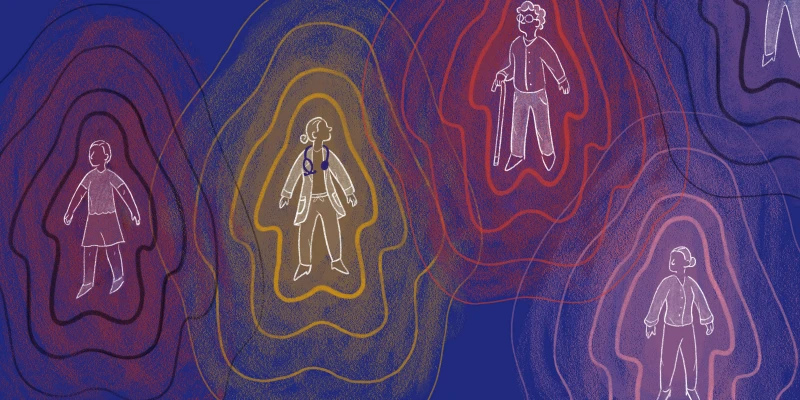The American Diabetes Association held its annual meeting from June 19-23 in Chicago. Over 12,000 people attended the meeting, coming from all points of the globe, from New Zealand to an island just off the coast of Siberia. With more than 200 sessions available, navigating this ocean of information was complex.
I want to focus on two specific areas that I anticipate may change how we manage persons with diabetes. I foreshadowed in an earlier article that the results of the CATALYST trial would be presented at this meeting.
To summarize, the CATALYST study was performed in two phases. The first examined the prevalence of hypercortisolism in uncontrolled type 2 diabetes (as defined by failing a 1-milligram dexamethasone suppression test, or DST). This was followed by treating a cohort with mifepristone, a glucocorticoid receptor blocker, for 24 weeks.
The first part of the study screened over 1,000 participants with a DST and found that 24% of uncontrolled type 2 diabetes escaped dexamethasone suppression. The second phase of the CATALYST trial was an intervention study assessing the efficacy of mifepristone (300-900 mg) in treating participants previously identified in the first phase of CATALYST with hypercortisolism. CT imaging of the adrenals was also performed to look for potentially surgically treatable causes of ACTH-independent hypercortisolism; 136 subjects were treated with mifepristone (91) or placebo (45) in a 2:1 design.
Key findings included a drop in hemoglobin A1C of approximately 1.3%, weight loss of slightly more than four kilograms, and a reduction in glucose-lowering medications. These positive effects were accompanied by about a 10% adverse event rate and a significant dropout rate. Hypokalemia was observed in nearly a third of patients in the active treatment arm, which is a known side effect from a glucocorticoid receptor antagonist that can allow for some cross-activation of the mineralocorticoid receptor. Overall, almost half of the subjects in the treatment arm did not complete the study, suggesting many may have experienced glucocorticoid withdrawal symptoms and/or iatrogenic adrenal insufficiency and, in some patients, aggravation of hypertension.
The clinical takeaway from this trial is to consider hypercortisolism in persons with uncontrolled type 2 diabetes. A DST is simple and may uncover a potentially surgically correctable cause of poor glycemic control. The best use of mifepristone as a treatment for uncontrolled type 2 diabetes presenting with hypercortisolism still needs to be determined. With a relatively high adverse event rate and a very high discontinuation rate, I think clinicians not experienced with the treatment of persons with Cushing’s should avoid moving quickly to this drug therapy.
The use of artificial intelligence (AI) in connecting with and treating persons with diabetes was a session most likely to change my practice. Dr. Kumah-Crystal from Vanderbilt University Medical Center gave an amazing presentation piloting AI-generated conversations to help manage parents working through the management of children with type 1 diabetes who may be developing diabetic ketoacidosis (DKA).
The team at Vanderbilt developed a care pathway for providers to use when receiving urgent contact from a caregiver concerned about their child developing diabetic ketoacidosis. The presenter demonstrated AI role-playing between a pediatric endocrinologist and a parent with a child showing symptoms of DKA. The AI tool followed their care pathway and was engaging with the caregiver and amazingly fluid with the conversation.
Prior studies have already looked at AI-generated responses in answering patient portal messages, but this was an example of how to use AI — potentially in real-time to field phone calls from a concerned caregiver. The possibility of developing this into routine practice is intriguing.
In her introduction to the formal presentation, Dr. Kumah-Crystal noted that she had just returned from diabetes camp, a summer experience for many children with type 1 diabetes. When asking the six- to ten-year-olds what they knew or thought about AI, one of the comments she shared was: “Like Alexa, but smarter.”
I think that summarizes my view of AI as well. The potential utility in streamlining patient care and minimizing provider burnout is amazing and promising.
Dr. Aloi has no conflicts of interest to report.
Image by Ksenia Zvezdina / Getty Images







